#Qantir
Explore tagged Tumblr posts
Text

Tile from the walls of Throne Room in Palace of Ramesses II - Met Museum Collection
Inventory Number: 35.1.28 New Kingdom, Ramesside, Dynasty 19, ca. 1279–1213 B.C. Location Information: From Egypt, Eastern Delta, Qantir (Piramesse), Palace of Ramesses II
Description:
This tile once decorated the palace of Ramesses II in Piramesse, which he made into one of the greatest royal cities of ancient Egypt. Thanks to the royal favor and its strategic location, Piramesse soon became an important international trade center and a cosmopolitan metropolis, boasting a harbor, a military base, and temples dedicated to various gods like Amun-Re-Harakhty-Atum, Seth, Astarte, etc.
This rectangular relief plaque shows a Nubian raising his arms in adoration, and was probably set into the lower registers of wall decoration in the public rooms of the palace.
#Tile from the walls of Throne Room in Palace of Ramesses II#new kingdom#ramesside#dynasty 19#eastern delta#qantir#piramesse#palace of ramesses II#lower egypt#met museum#35.1.28#foreigners#NKRforeigners
3 notes
·
View notes
Text

“A,B,C. Pottery moulds.— D. Cylindrical pottery tubes.
M. Hamza, Excavations at Qantir, 1928.
From: “Vol 30: Annales du Service des Antiquités de l'Égypte (1930)” by Service des Antiquités de l'Égypte; 1930.
3 notes
·
View notes
Photo

Pi-Ramsés
Pi-Ramsés (también conocida como Per-Rameses, Piramese, Pr-Rameses, Pir-Ramaseu) fue una ciudad construida como una nueva capital en la región del Delta del antiguo Egipto, por Ramsés II (conocido como "el Grande", 1279-1213 a.C.). Estaba ubicada en el sitio del actual pueblo de Qantir en el Delta Oriental y en su tiempo fue considerada la ciudad más grande de Egipto, compitiendo incluso con Tebas, en el Sur. El nombre significa "La Casa de Ramsés" (también "Ciudad de Ramsés") y fue construida cerca de la antigua ciudad de Avaris.
Leer más...
4 notes
·
View notes
Link

IMHO, the best part about this is the children’s footprints in the mortar. Either the children were playing (yay!) or were being used as labour (boo!). I suspect labour, and I suspect it was probably the usual practice. Still, a very important find at one of the most important sites, in terms of Nineteenth Dynasty history. The seat of the Ramesside ‘family’.
#archaeology#ancient Egypt#Tanis#Qantir#Ramesside Egypt#University of Auckland#Classics and Ancient History
3 notes
·
View notes
Photo
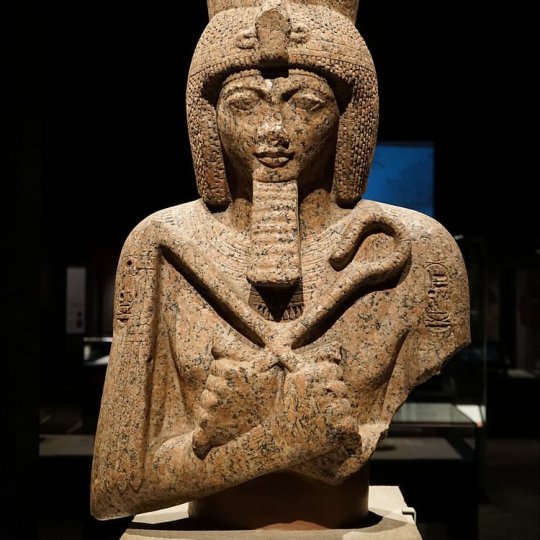
Pi-Ramsès
Pi-Ramsès (également connue sous les noms de Per-Ramsès) était la ville construite en tant que nouvelle capitale dans la région du Delta de l'Égypte ancienne par Ramsès II (dit Le Grand, 1279-1213). Elle était située à l'emplacement de la ville moderne de Qantir dans le Delta oriental et, à son époque, elle était considérée comme la plus grande ville d'Égypte, rivalisant même avec Thèbes au sud. Son nom signifie "Maison de Ramsès" (également appelé "Ville de Ramsès") et elle fut construite à proximité de la ville plus ancienne d'Avaris.
Lire la suite...
3 notes
·
View notes
Photo
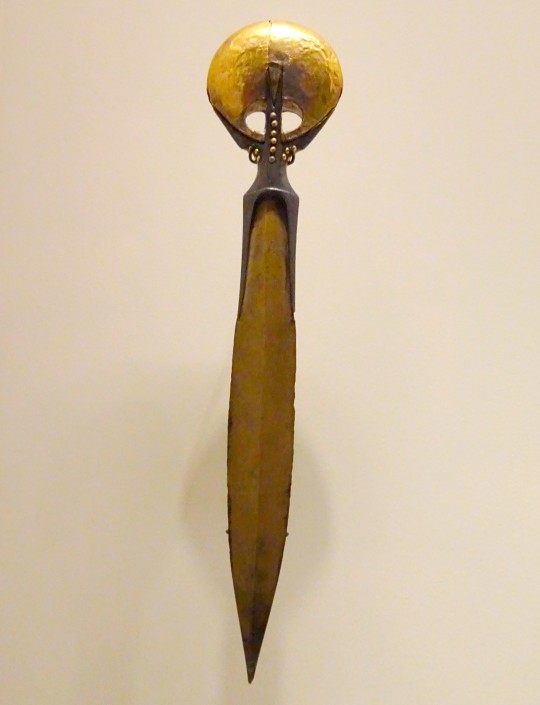
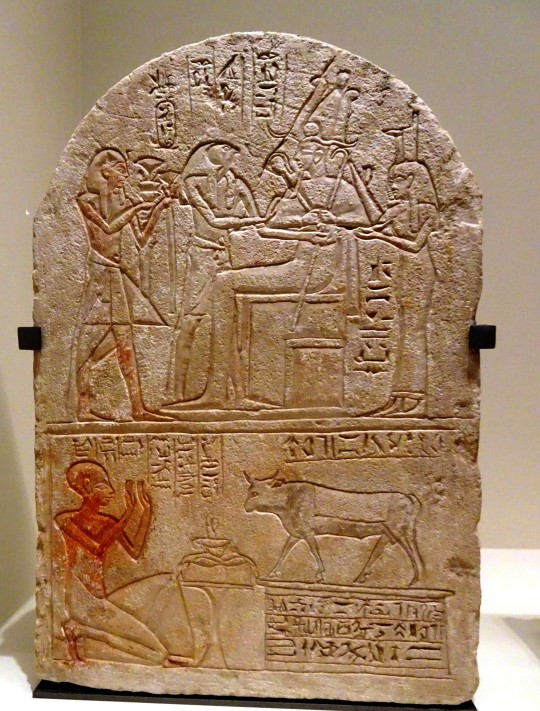
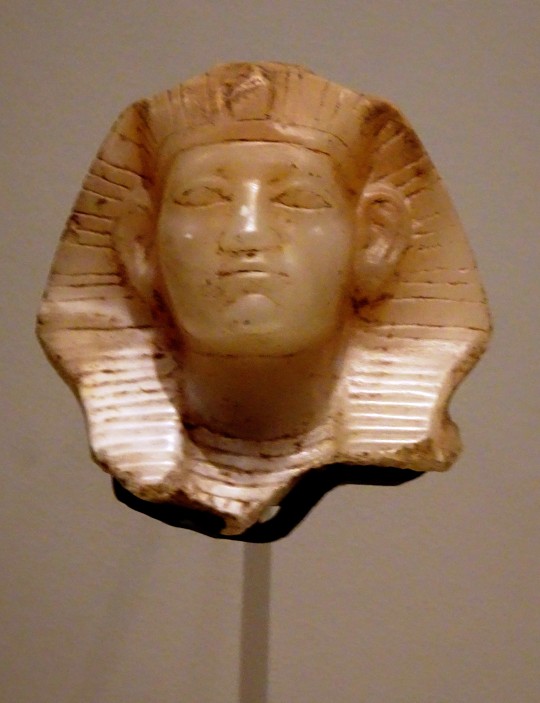
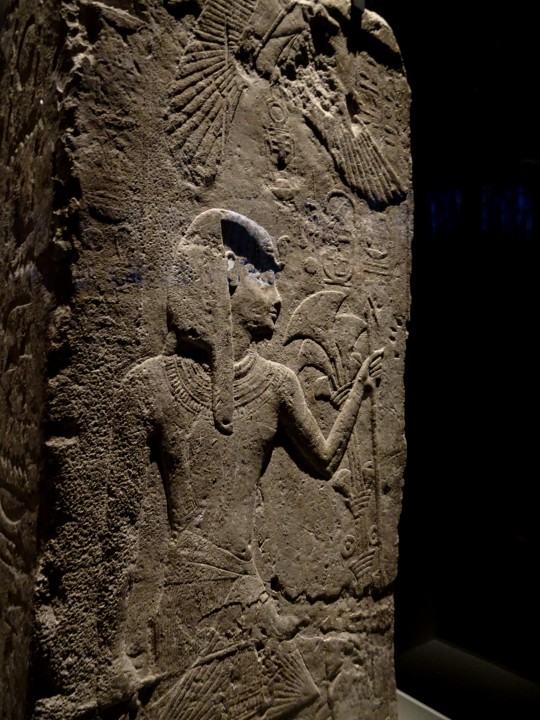
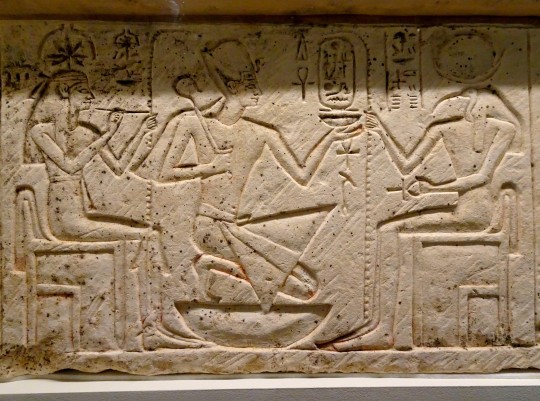
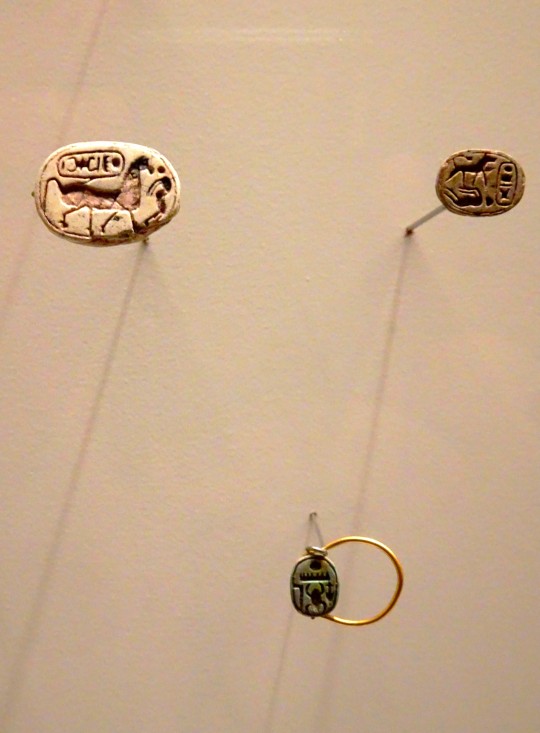
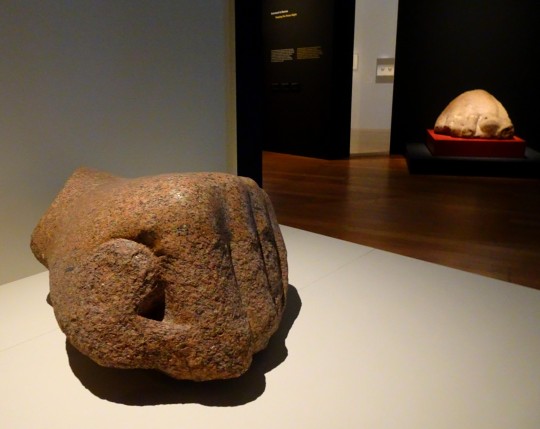

Marseille. Au MuCEM, la très intéressante expo “Pharaons Superstars” !
- poignard du pharaon Kamosé - cuivre, argent, or - Dra Abou el-Naga, XVIe s. av. J-C.
- stèle avec le pharaon Téti offrant des fleurs à Osiris - Saqqarah, XVI-XIIe s. av. J-C.
- tête de sphinx d'Amenemhat III, albâtre - XIXe s. av. J-C.
- paroi de tombe, pharaon Menkaouhor - Saqqarah, XVe s. av. J-C.
- linteau avec Séchat (déesse des archives), Ramsès II et Thôt (dieu des écrits) - Qantir, XIIIe s. av. J-C.
- amulettes-scarabées avec le cartouche de Thoutmosis III - XIII-Xe s. av. J-C.
- poing d’une statue de Ramsès II (15mètres de hauteur !) - Mit Rahina, XIIIe s. av. J-C.
- pharaon et prisonnier ligoté - XIIe s. av. J-C.
#marseille#MuCEM#expo#pharaons superstars#archéologie#égypte antique#poignard#pharaon#kamosé#téti#osiris#mythologie#dieu#déesse#sphinx#amenemhat#albâtre#menkaouhor#saqqarah#sécha#archives#ramsès II#thôt#ibis#scarabée#amulette#thoutmosis III#mit rahina
3 notes
·
View notes
Text

~ Tile with Winged, Crowned Sphinx.
Place of origin: Qantir, Egypt
Date: 3rd century B.C.
Period: 27th Dynasty or later; Ptolemaic Period
Medium: Faience
#ancient#ancient art#history#museum#archeology#archaeology#tile with sphinx#sphinx#winged sphinx#crown#egypt#egyptology#ancient egypt#egyptian#27th dynasty#ptolemaic#faience#3rd century b.c.
279 notes
·
View notes
Photo

Tile from the palace of Ramesses II, Bes
ca. 1279–1213 B.C.
View full size image
#Faience#New Kingdom#Ramesside#From Egypt#Eastern Delta#Qantir (Piramesse)#Palace of Ramesses II#Private apartments
1 note
·
View note
Text

Restitution de Pi-Ramsès, la capitale de Ramsès II
Virtual Reconstruction of Pi-Ramesses
Virtuelle Rekonstruktion von Pi-Ramesse
http://www.artefacts-berlin.de/portfolio-item/the-reconstruction-of-pi-ramesse/
#ramses#ramesses#egyptologie#ancient egypt#egyptology#egypte antique#ancient city#egyptian temple#archaeology#pi-ramesse#pi-ramses#pi-ramesses#piramses#qantir#per ramesses
0 notes
Text

Handle Depicting a Lion Subduing a Nubian.
Reign of Ramesses II, 19th dynasty, ca. 1279-1213 B.C. From
Eastern Delta, Qantir (Piramesse), Egypt.
0 notes
Photo

Tile with Winged, Crowned Sphinx
Reportedly from Qantir, Egypt
3rd century BCE
“...on pale blue ground, a striding human-headed winged griffon wearing a coronet-type crown. Hair dressed in Persian style, short, pointed beard, tail erect.”
Brooklyn Museum
117 notes
·
View notes
Photo




PER-RAMESSES:
PER-RAMESSES (also known as Pi-Ramesses, Piramese, Pr-Rameses, Pir-Ramaseu) was the city built as the new capital in the Delta region of ancient Egypt by Ramesses II (known as The Great, 1279-1213 BCE). It was located at the site of the modern town of Qantir in the Eastern Delta and, in its time, was considered the greatest city in Egypt, rivaling even Thebes to the south. The name means 'House of Ramesses' (also given as 'City of Ramesses') and was constructed close by the older city of Avaris.
The association of the new city with Avaris gave it instant prestige in that Avaris was already legendary by the time of Ramesses II as the capital of the Hyksos who had been defeated and driven from Egypt by Ahmose I (c. 1570-1544 BCE), initiating the period of Egypt’s empire now referred to as the New Kingdom (c. 1570 - c. 1069 BCE). The victory of Ahmose at Avaris, ending Hyksos control of the Delta, was greatly respected by the people of the New Kingdom, but even before that Avaris had been an important center for trade.
Read More
146 notes
·
View notes
Text
'Monumental' building complex discovered at Qantir in Egypt's Nile Delta

At the ancient city of Piramesse, which was Egypt's capital during the reign of the King Ramses II, an excavation team from the Roemer and Pelizaeus Museum in Hildesheim in Germany has uncovered parts of a building complex as well as a mortar pit with children’s footprints.
The head of the Ancient Egyptian Antiquities Department at Egypt’s antiquities ministry, Mahmoud Afifi, describes the newly discovered building complex as "truly monumental," covering about 200 by 160 metres.
The layout suggests the complex was likely a palace or a temple, Afifi told Ahram Online.
The mission director, Henning Franzmeier, explained magnetic measurements were carried out last year in order to determine the structure of the ancient city, and through those measurements the building complex was located. Read more.
118 notes
·
View notes
Link
اثار قنتير تاريخ واسرار عن اهم المعالم والمزارات الاثرية المهمة في الشرقية مصر
0 notes
Text
Şûnedev
Şûnedev
Pênasîya şûnedevan
ŞûnedevEwa ku piştî jê hatibe vexwarin di firağê de maye
Esl di şûnedevan de teharet e; lêbelê heke delîlek necaseta wê nîşan bide, ew cuda ye. Ew jî wekî yên ku tên e;
1. Şûnedevên tahir
a. Şûnedeva mirovan e:
«Lewra sabit bûye ku pêğemberê Xuda [dirûd û silavên Xuda li ser wî bin] ji şûndeva Aîşe [Xuda jê razî be] vedixwar û ew jî di heyzan de bû û wî devê xwe datanî ser şûna devê wê». (Mûslim rîwayet kiriye)
B. Şûnedeva kitikê ye:
Lewra pêğemberê Xuda [dirûd û silavên Xuda li ser wî bin] di bara kitika ku ji firağê vexwaribû de gotiye; «Ew ne necis e; ew ji wan sewalan e ku li ser we digerin, diçin û tên.» (Tirmizî rîwayet kiriye)
Şûnedeva kitik
C. Şûnedevên heywanên ku goştê wan tê xwarin, şûnedeva hêstir [qantir], ker, dehbe û dirindeyên teyran û yên wekî wan e:
Ew tahir in; lewra esl di tiştan de teharet e. Li ser necisbûna wan jî delîlek nîn e. Lewra pêğemberê Xuda [dirûd û silavên Xuda li ser wî bin] li keran siwar dibû û di serdema wî de mirov li wan siwar dibûn.
www.islamkingdom.com/ku/şûnedev
0 notes
Photo

Estela votiva de la cantante Isis. La estela de Isis representa una estatua de zancadas en un pedestal que mira hacia la derecha. Representa la corona del Alto Egipto, la falda real y una barba ceremonial. Isis se encuentra frente a esta estatua a la derecha, con una pequeña ofrenda entre ellos, con un jarrón de libación y una flor de loto. Isis viste un vestido largo y ancho. Una flor de loto está colgando sobre su frente. Sus manos se levantan en adoración, y ella está sosteniendo un sistrum en su mano.
Ubicación actual MUSEO PELIZAEUS [04/030] HILDESHEIM Numero de inventario 0380 Citas RAMESSES II / USERMAATRE-SETEPENRE Sitio arqueológico QANTIR? categoría ESTELA material CALIZA técnica Bajo relieve altura 14.8 cm ancho 10.8 cm profundidad 2.7 cm
0 notes